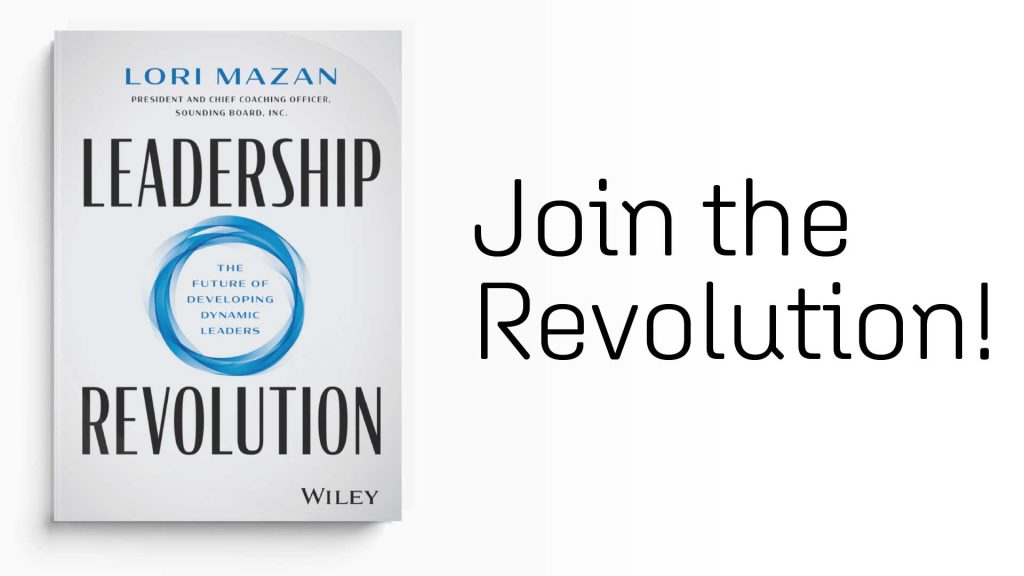Since childhood it’s been reiterated that everyone is unique. Everyone has their own personalities, physical attributes, challenges, and abilities. What we also all have is different social styles. Social styles impact how we interact and collaborate, how we tackle new ideas or projects, and what needs we might have from others in order to perform effectively and comfortably.
The Social Styles Model was developed by psychologists David Merrill and Roger Reid in the early 1950s and is based on patterns of communication that characterize communication behavior based on two dimensions: assertiveness and responsiveness. It categorizes social styles into 4 buckets: Analytical, Driving, Expressive and Amiable.
The four social styles matrix can be used to improve work relationships, collaboration, and overall team performance. They help you better understand your social style, how others behave, and most importantly, how to adapt your social style to others’ to work collectively and efficiently. Being aware of our own social styles can support us at work, and be used as a tool to better collaborate with our colleagues.
The Four Social Styles
The Analytical Style
People with the analytical style want to be correct and factual by looking at the details, the pros, and the cons before making a move. They make decisions based on data, rather than feeling. However, people with a more analytical style may also be reluctant or slow-paced to change, highly relying on facts, historical data, principles, and processes. When working with someone that is more analytical, be clear and concise when communicating, ask directly for feedback and try to provide solid, practical evidence or actionable next steps in meetings.
The Driving Style
Drivers are action-oriented, goal-centric, and results-driven people. They react quickly and are sometimes viewed by others as hyperactive or overactive. Drivers can also be fast paced, and get frustrated at inaction. When working together, be clear, specific, brief and to the point, and strive to be action oriented and deadline driven.
The Expressive Style
Expressive personalities are people who are social, engaging, stimulating, and charismatic. They are friendly to everyone, including people they don’t know, and usually want to motivate and encourage others. They are emoting in that they openly express their feelings and emotions to people. Someone that is expressive might feel more comfortable thinking about the bigger picture, rather than getting tied up in details. Allow expressives to share their opinions and recognize their input.
The Amiable Style
Amiable people are approachable and engaging. They are good team players who like working with others in a group rather than individually and tend to be more focused on building relationships than debating facts and figures. When working with amiable people, try to show interest in them as an individual and behave casually and in a non-threatening manner. To help draw out their opinions, consider asking them “how” they would do things.
Understanding Your Own Social Style and Others'
As you read through the different social styles, you may have been wondering where you fall yourself, or analyzing the people you work with. You might even notice some patterns in social styles across departments. For instance, HR personnel are likely to fall more into the amiable style, while managers may be more of drivers based on the nature of their jobs. Understanding other people’s social styles can help you determine which position or role fits someone the most. Of course, when someone works in a position best suited to their personalities, they’re likely to exhibit high levels of productivity and performance.
Ideally, it would be helpful to know and understand the social style you fall into and anyone else you’re working with. Think about how you like to work, and how you best process information. Perhaps you can ask a colleague, a friend or even a coach to help you think this through. This will go a long way to create productive relationships, close-knit working environments, and enhance effective communication that results in high performance.
While you may see yourself conforming to more than one of the four social styles matrix, there may be a dominant style you fall into. The most important aspect of understanding yours and other social styles is not using it as an excuse or a weapon, but as a helpful tool to understand others better and collaborate most effectively.












